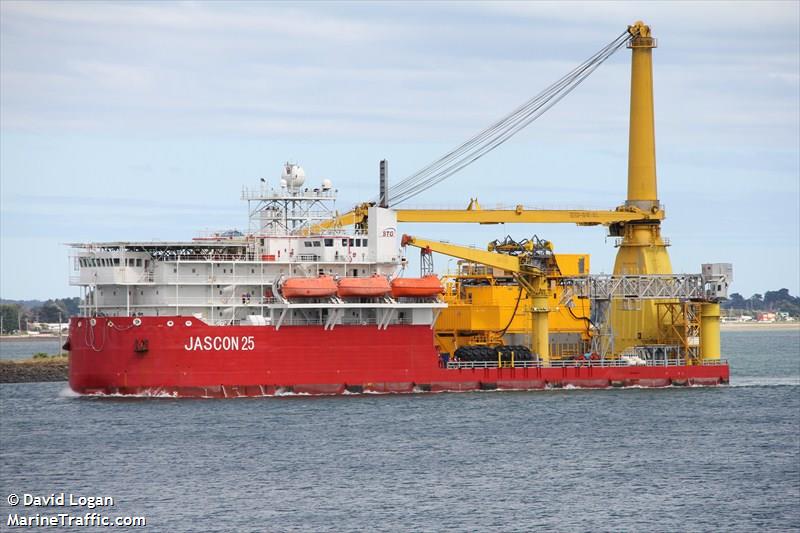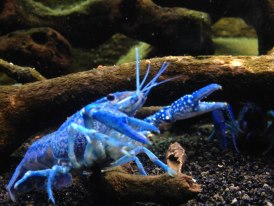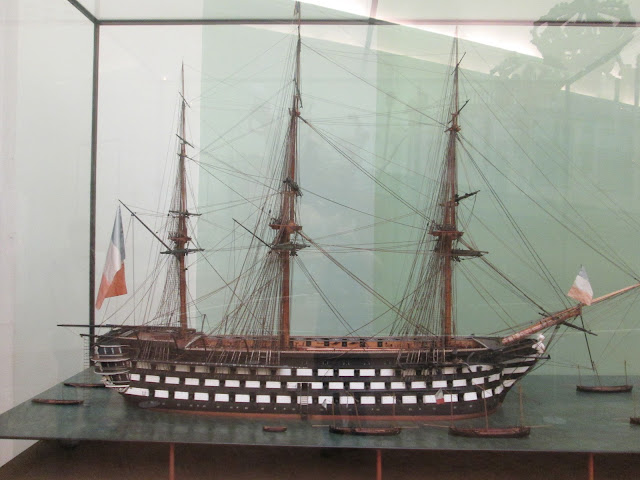LOC Offshore Conference
One of the Southampton students who attended Webb last spring, Hieu, invited us to a conference in London on the offshore oil and gas industry. I was the only one able to go, and it was even better than I had hoped.
The conference was run and sponsored by LOC (London Offshore Consultancy) which is a company that specializes in salvage operations and helping other companies meet government and insurance requirements. The work they do is quite interesting from a NA standpoint, because it usually involves a new problem with an unknown solution.
There were four lectures, and multiple tea times to chat. I took pages and pages of notes, and will try to summarize the general points. (feel free to skip this section)
Image from http://www.loc-group.com/services/marine-engineering-consultancy/analysis
The title of the seminar was “Oil and Gas: Managing the Future”
The first lecture was on the current climate of the oil industry, and presented by Paul Miles, Regional Director LOC Middle East.
Summary:
The energy market is growing rapidly, a 36% increase in demand from China, with most growth coming in use of coal. Specifically in the Asian Pacific region it comes from oil. Currently, the break even price for oil production is 60 dollars a barrel, i.e. it must cost less than 60 USD to produce a barrel for it to be profitable. There is a growth in renewable energy production, but this growth is heavily based on government subsidies.
For the offshore industry, high oil prices means that oil companies are spending more on exploration, resulting in an increase in capital spending. Exploration is being carried out in new areas: Deep Water (2000-4000m), hostile environments (arctic) and marginal fields (fields that are now becoming commercially viable because of the high break even price).
There are a few key issues in the current offshore oil industry. Regulations on drilling, production, and transportation are becoming tighter. Many rigs, OSV's, and drill ships are reaching the ends of their designed lifetimes and may begin to fail. With deep water exploration, new drilling technologies are being used without comprehensive testing of reliability. Finally, many productive fields are becoming congested on the surface and subsea.
As offshore structures and support vessels become bigger and more complicated, there are more ways for them to fail and the value of a single asset increases. Thus, the consequences increase and more risk assessment engineering is required.
There is a possibility that insurance companies will refuse to cover large assets because the risk has become too high.
In the current fiscal climate, companies are on very tight budgets and try to pinch pennies everywhere. This leads to incorrect selection of contractors. In many cases, the cheapest bid is just an attempt to get the contract, and the contractor plans to raise the total cost of the project. The cheapest bid may end up costing the company more than a realistic bid. Cost cutting also causes companies to minimize the number of people working on projects, and to push the boundaries of time and safety. Most importantly, projects are now prioritized by budget, not safety and engineering standards.
Most importantly, with so much growth in the offshore industry there is a large shortage in qualified personnel and equipment. There are very few installation vessels, meaning that they work constantly, without taking time off for maintenance. This trend is epidemic to all vessels in the offshore industry. New builds are expensive, so older vessels are being retrofitted to increase capacity. There is also an increase in use of older rigs, and unproven vessels. When working around the globe, LOC has noticed a shortage of qualified personnel and local equipment that does not meet maintenance and safety standards.
This seems like an incredibly negative outlook on the offshore industry, but it means that LOC has work to do, and they expect a change in company philosophy regarding budgets as insurance companies start to crack down and require risk engineering and management.
The second presentation was by Paul Martin, LOC Singapore and was titled "Case Study: West Atlas"
The West Atlas jack up rig was producing oil on the north coast of Australia, when a blow out occurred. A second rig sealed the well with drilling mud, at which point the West Atlas rig exploded.
The resulting fire destroyed most of the rig, and fused the well head platform to the rig. The salvage contract was awarded to SwitzSea, a joint venture formed by Switzer and Sea Trucks to address this specific incident. The main vessel used in the salvage operation was the DP enabled Jascon 25.
 |
| Jascon 25 |
LOC was brought on to the project to interface with the salvage company, the original rig owner, the Australian government, regulatory agencies, insurance company, and the unions that provided workers for the salvage operations. LOC was employed to minimize costs for the insurance company.
The project cost much more than the insurance company expected, because:
Regulatory Requirements
Location
Union Labor
Hazardous Materials
Operation Delays
The Australian government requires a comprehensive document detailing safety management systems (SMS) for every salvage operation, offshore vessel, and offshore structure. According to the government, Jascon 25, the wellhead platform, and the rig needed separate SMS's. This would have caused a large increase in cost and man hours if LOC had not been able to negotiate for a joint SMS. The rig was located 370 nautical miles from Darwin, the nearest usable port. This distance caused delays and cost increases. Additionally, a new leg raising system for the jack up had to be built, to lower it to the sea surface. Separating the rig and well head platform, and removing hazardous materials took time, and lots of labor. The entire job was a difficult salvage operation, but was completed a year after the initial proposal request.
The lesson learned is that not all insured risks are the same. Because of its location and regulatory environment the West Atlas rig was an extremely expensive risk.
The third presentation, by Alex Audelo and Kevin Highfield, both of LOC Houston, was titled "The Lessons, Are we learning our lessons?".
The provisional answer is not really.
There has been an average of one semi submersible rig failure every two years for the past 30 years. Beginning with the tragic loss of the Ocean Ranger in 1982. She sank with all hands in under three hours. Additionally, average insurance claims in the energy sector are 10 times greater than those in shipping.
LOC encourages companies that have suffered a loss to share the details of both major and "minor" incidents, because minor incidents are usually settled privately.
In terms of Risk Management, warranty surveys, condition monitoring and proper planning can greatly help reduce risk. It only takes one condition to cause failure.
Overall, numbers and experience of crew needs to be paid careful attention. Also, semi submersibles are drastically unstable.
The final lecture, presented by Brian Jones, LOC London, was titled " Looking Forward: Managing the Future". Mr. Jones discussed many emerging technologies, and the struggles to push the boundaries of offshore exploration and production.
Currently, 12 billion USD has been invested by PetroBras in a field discovered off the coast of Brazil. Exploration wells have already been drilled, and production is set to begin in 2013 at a depth of over 2000m. At this depth, flexible pipe for catenary risers is too heavy and lengths of rigid pipe must be used. The risers will also require sub surface buoyancy modules to support the weight of the risers.
Currently there are 32 FPSOs under construction, and the technology for a DP FPSO that does not require mooring is close to testing. Also, offshore dry docks to service vessels and limit transit times is on the horizon.
Finally, the betterment of the offshore industry depends on quality communication between organizations and companies.
Overall, I had an awesome time at the conference and am very grateful to LOC for providing such informative sessions.
































































